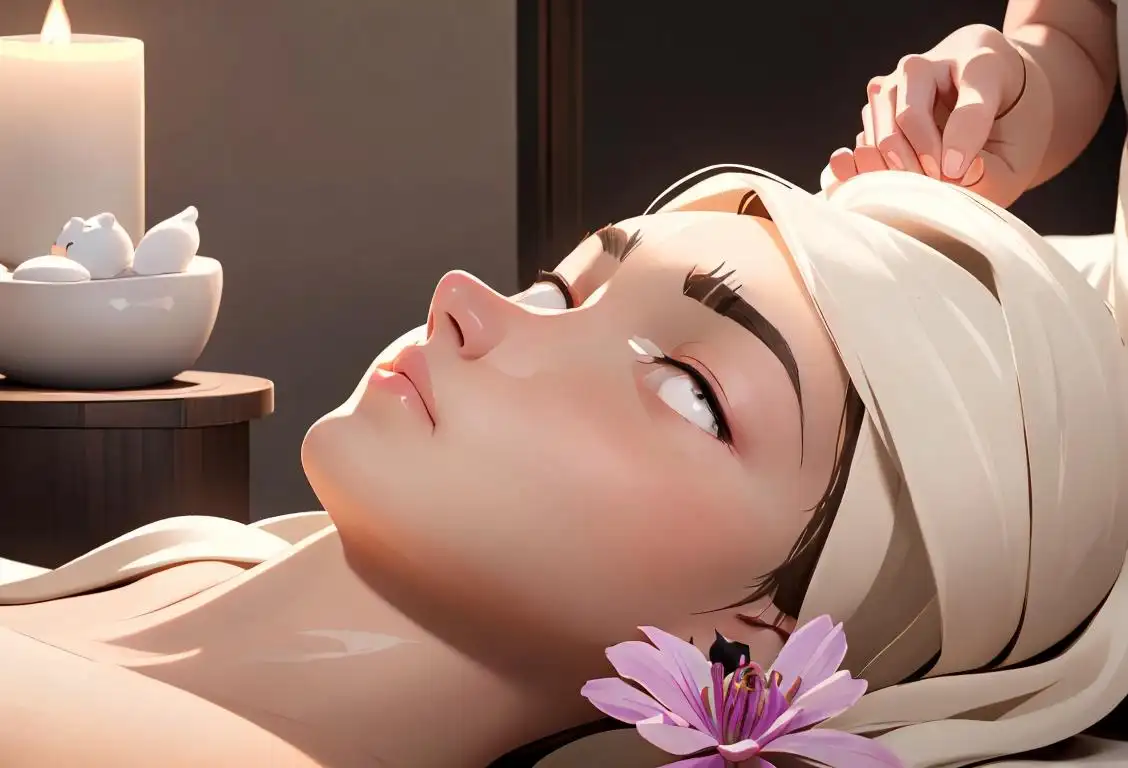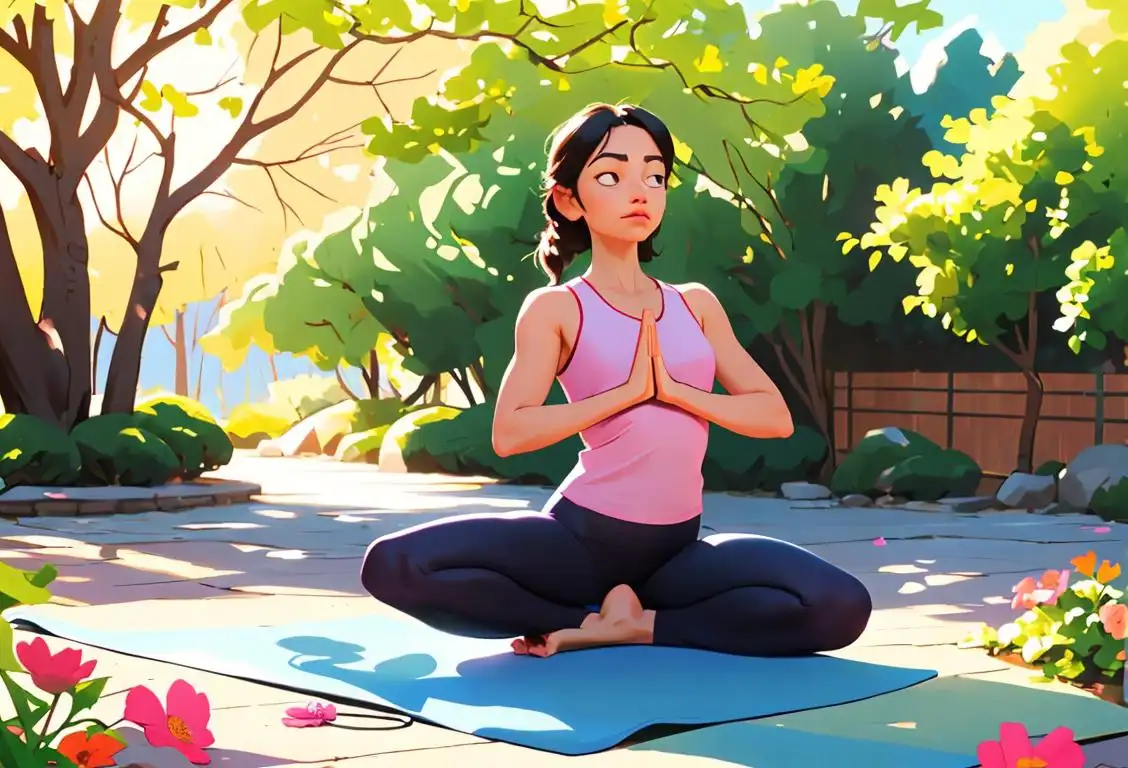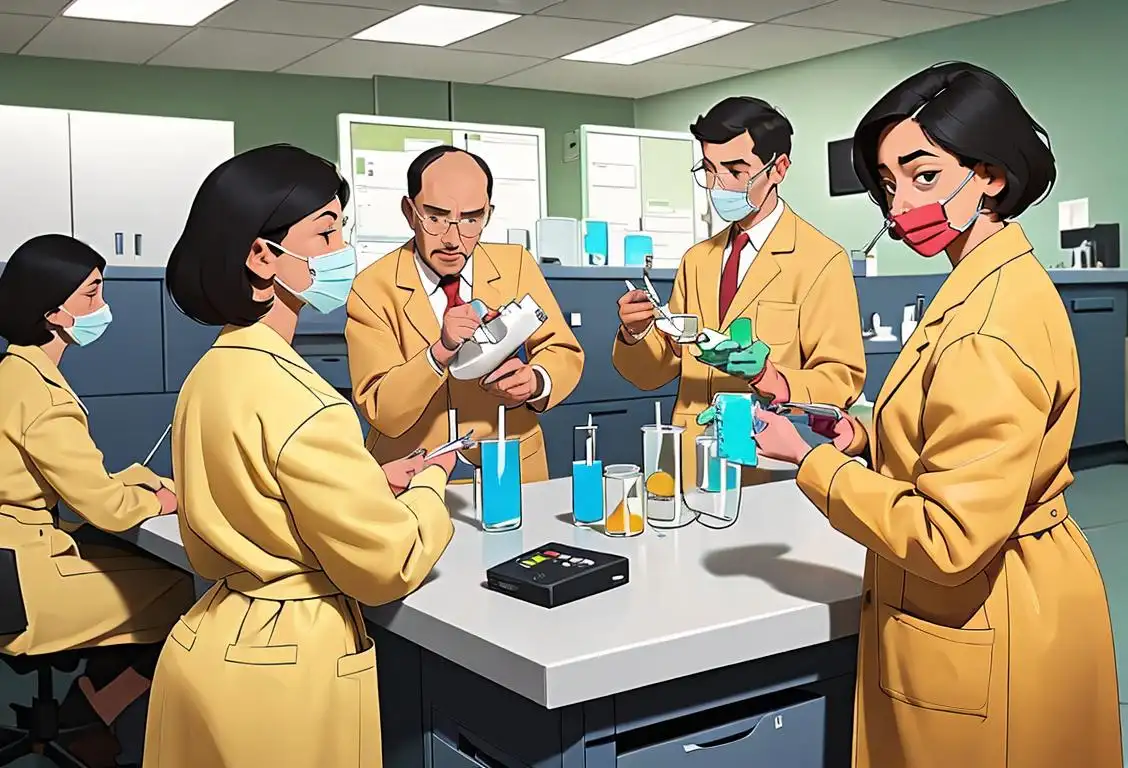National Massage Day

Oh, hello there! Did you hear about National Massage Day? It's not your everyday holiday - it's a 'knead' to celebrate occasion! A day devoted to unwinding, relaxing, and ironically, getting those knots out of our bodies that life sometimes gifts us - no return policy whatsoever.
When is Massage Day?
It's national massage day on the 1st October.
How It All Began
While the exact origins of this day are as mysterious as the magic of a good massage, we know that the Internet grew fond of National Massage Day fairly recently. With mentions picking up pace, it was on 01 Oct 2018 that the phrase 'National Massage Day' got its fair share of love in the digital world, almost as if everyone collectively said, 'Ah! That feels good.'
Why We Celebrate
National Massage Day is the universe trying to tell us to slow down and take care of ourselves. Between the hustle and bustle of everyday life, our bodies often become the most neglected spaces. It's important to stop, turn around and say to yourself ‘Let me pamper you today'\.
The Art of Massage
Getting a massage isn't just about busting stress - though it's a big part! A good rubdown can improve circulation, boost your immune system, and contribute to your overall health. Whether it's a Swedish, deep tissue, or reflexology - pick your favourite and soak in the benefits of what each one has to offer.
How to Join In
Naturally, the best way to celebrate National Massage Day is by getting a massage. You can also use this day to appreciate massage therapists worldwide, who do their best to destress and heal us. Remember, every massage is a personalised gift of relaxation to your body!
History behind the term 'Massage'
3000 BCE
Ancient Beginnings
Massage has its roots in ancient cultures, dating back to around 3000 BCE in China and Egypt. In Ancient China, massage was considered an integral part of traditional medicine and was used to treat various ailments. The Egyptians also practiced massage, using it as a means to relax the body and relieve muscle tension.
460-370 BCE
Hippocrates and Greek Influence
Massage gained popularity during the time of Hippocrates, the Greek physician known as the 'father of medicine.' Hippocrates believed that massage could facilitate the body's natural healing process and improve overall health. His influence led to the development of various massage techniques, including effleurage and friction, which are still used today.
1000-1500 CE
Asian Techniques and Cultural Exchange
During the Middle Ages, massage continued to evolve in various Asian cultures. In Japan, the art of massage, known as Anma, emerged as an important therapeutic practice. Meanwhile, in India, Ayurvedic massage techniques were developed based on ancient texts. Cultural exchange between Asia and Europe during this period introduced new massage techniques and ideas to the Western world.
19th Century
Medical Advancements and Professionalization
In the 19th century, massage experienced significant developments in the Western world. The Swedish physician Per Henrik Ling developed the Swedish massage system, which incorporated various strokes, kneading, and tapping techniques. This laid the foundation for modern Western massage practices. Massage also became recognized as a therapeutic treatment in the medical community, and the first massage schools were established.
20th Century
Spreading Popularity and Diverse Applications
In the 20th century, massage gained widespread popularity and recognition around the world. It became a common practice not only for medical purposes but also for relaxation and stress relief. Various specialized forms of massage were developed, such as sports massage, prenatal massage, and reflexology. Massage therapy also became an integral part of alternative and complementary medicine.
21st Century
Integration into Mainstream Wellness
Massage has firmly established itself as an essential component of the wellness industry in the 21st century. It is widely recognized for its benefits in reducing pain, promoting relaxation, and improving overall well-being. Massage spas and wellness centers have become prevalent, offering a range of massage treatments tailored to individual needs. Additionally, technological advancements have led to the development of massage chairs and other automated massage devices.
Did you know?
Swedish Massage Therapy, one of the most popular forms, is not known as 'Swedish' in Sweden. They call it a classic massage. Oh, the iron-knee!Tagged
awareness fun health relaxation wellbeing stress management self-care massageFirst identified
16th May 2015Most mentioned on
1st October 2018Total mentions
46Other days
Massage Day
Bubble Bath Day
Take A Walk In The Park Day
Yoga Day
Lash Day
Nap Day
Masturbation Day
No Bra Day
Drug Test Day
No Children Day








